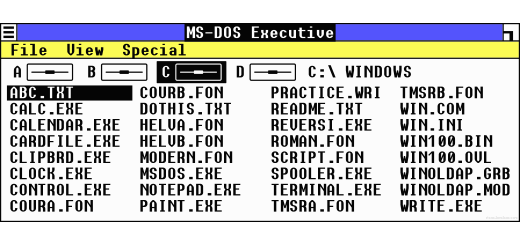Homage to Catalan

I put this logo together for the Catalan language. At the top left, the coat of arms of the medieval Kingdom of Aragon. In the top right, the four modern regions of Spain that speak Catalan today (clockwise from top left: Catalonia, Aragon, Valencia and the Balearic Islands.) At the bottom, the “l·l” symbol unique to Catalan.
If you’ve ever been to Barcelona, you might know that they don’t speak Spanish. It comes as a shock to many first-time tourists, but the language spoken in Barcelona isn’t Spanish. It’s Catalan. I’ve had the fortune of studying this language, and I can tell you that it’s a fascinating tongue with an interesting history.
Romance Languages
Many people assume that Catalan is a dialect of Spanish. It’s not. Nor is it a dialect of French. Instead, it’s an independent language from a common source. Two thousand years ago, people all over the western Mediterranean were speaking Latin. After the fall of Rome, they continued speaking Latin. Over time, the Goths invaded from the north and the Moors invaded from the south. But still the Latin language continued to be spoken, evolving differently in different regions. By the time the Renaissance came around, Latin had split into dozens of idioms, languages that became the modern Romance Languages: Spanish, French, Portuguese, Italian, etc.
World Domination
Fresh out of the Middle Ages, the Western European powers began the Age of Exploration. Or to put it more bluntly, they set out to take over the world. The Portuguese, after unifying their kingdom in the 13th century, got a good head start, establishing trade with the East Indies by sailing around Africa. Meanwhile the Iberian Kingdoms of Castile and Aragon were busy reconquering the peninsula. When they finally expelled the Moors from Granada in 1492, these two eastern kingdoms had some catching up to do. And catch up they did. Led by Queen Isabelle of Castile and King Ferdinand of Aragon, they sent Christopher Columbus out to find a new trade route, and ended up conquering half of the New World.
Diversification
Ferdinand and Isabella ruled their kingdoms separately, but their heirs gradually consolidated their power. Still, Castile and Aragon were two different countries with two different strategies. The Castilians focused on the Americas, taking over everything from Texas to Argentina. Meanwhile the Aragonese took control of the eastern trade routes, building a profitable empire across the Mediterranean Sea, including Corsica, Sardinia and the southern half of modern day Italy. Economically, these were both sound investments, but culturally and linguistically, they were completely different.
East vs. West
In the Castilian Empire, the Native Americans were either killed or assimilated, abandoning their native tongues for Castilian/Spanish. Meanwhile, the Corsicans, Sardinians and Sicilians all spoke their own Romance Languages. This meant they could communicate with the Aragonese/Catalan speakers well enough that they didn’t have to assimilate. So while Spanish ended up being spoken across the New World, Catalan was relegated mostly to the western edge of the Mediterranean Sea.
“Spanish Only”
Eventually Castile and Aragon united into modern Spain. Castilian became the official language the entire nation. Catalan was relegated to a patois, and disregarded as a backwards dialect, despite its storied history. Catalan nationalists revived it as a literary and cultural language in the late 1800s, but the Catalans sided with the losing side in the Spanish Civil War. This left Generalissimo Francisco Franco to ban the language in public use. But Catalan refused to die. As soon as Franco died, Spain became a democracy, and the old Aragonese regions of Aragon, Catalonia, Valencia and the Balearic Islands received autonomy in the new constitutional monarchy. This led to a revival of the Catalan language that continues to this day.
Have you studied Catalan? If so, let me know what you think in the comment section.








Barcelona is definitely a great city. There are so much to do and to see. The work of Gaudi is all over the place and make the city even more buaufitel.Not the best place to rest, there so much sightseeing to do and so many parties to go to at night, you kind of need another week of vacation after going to Barcelona!